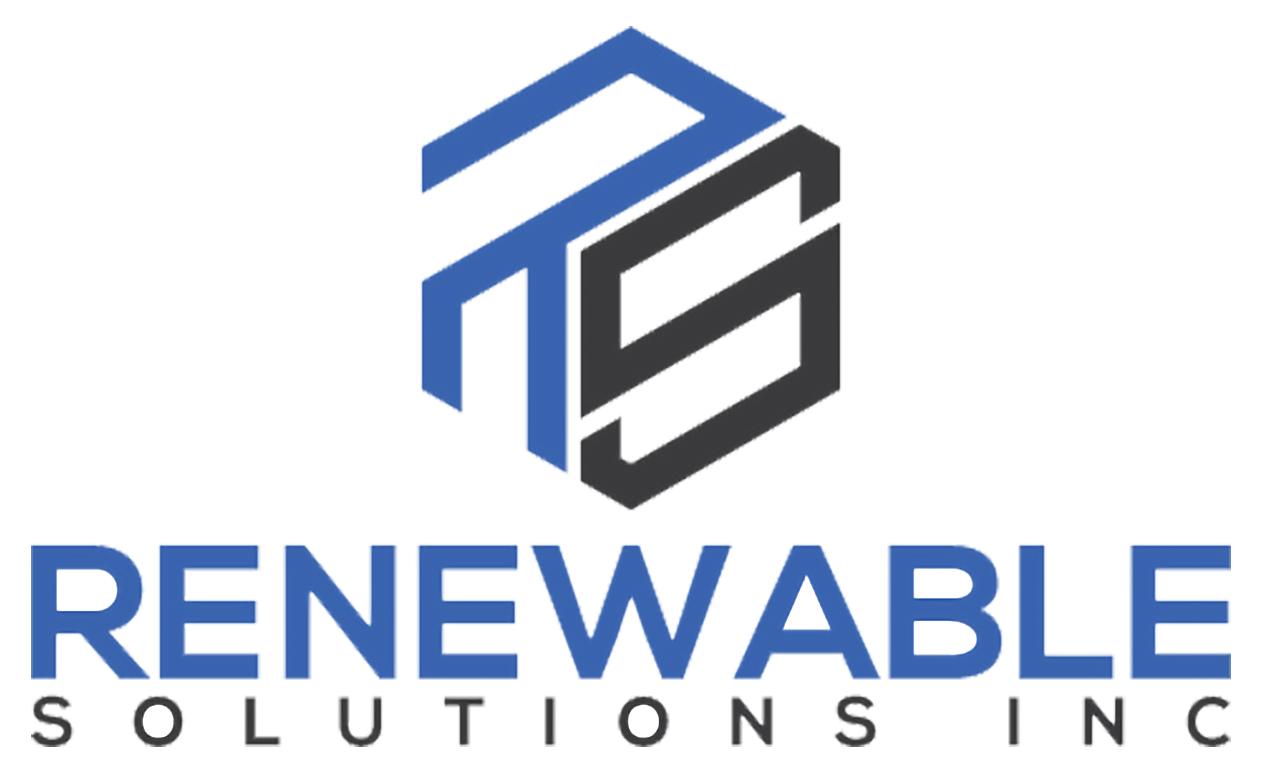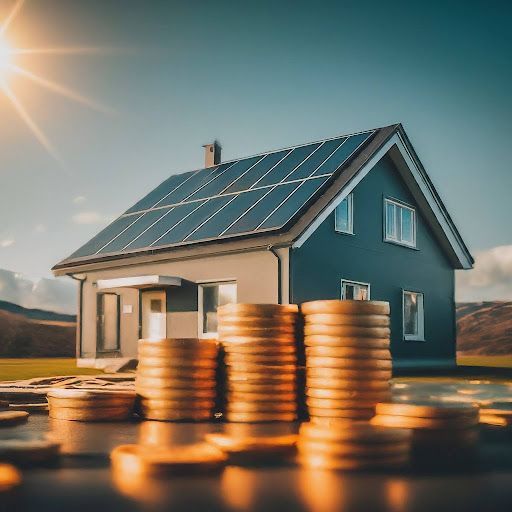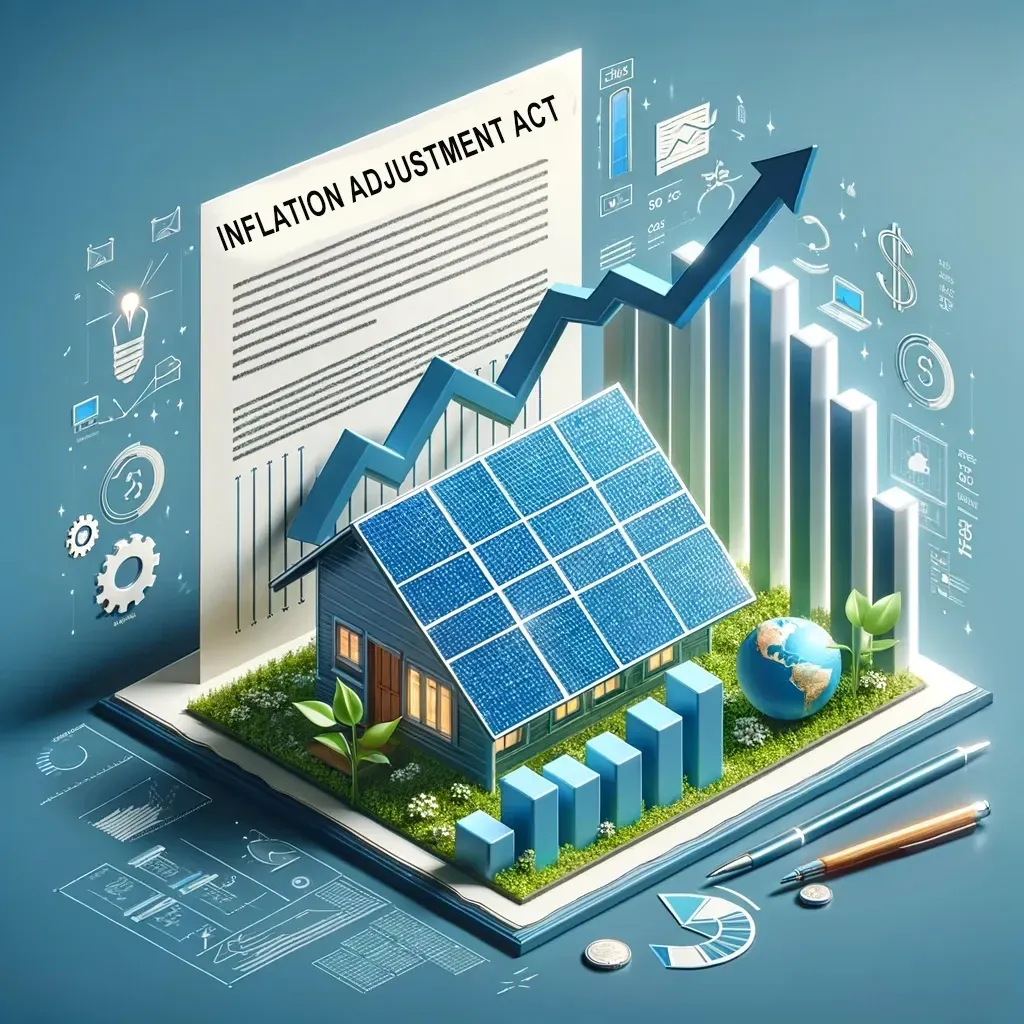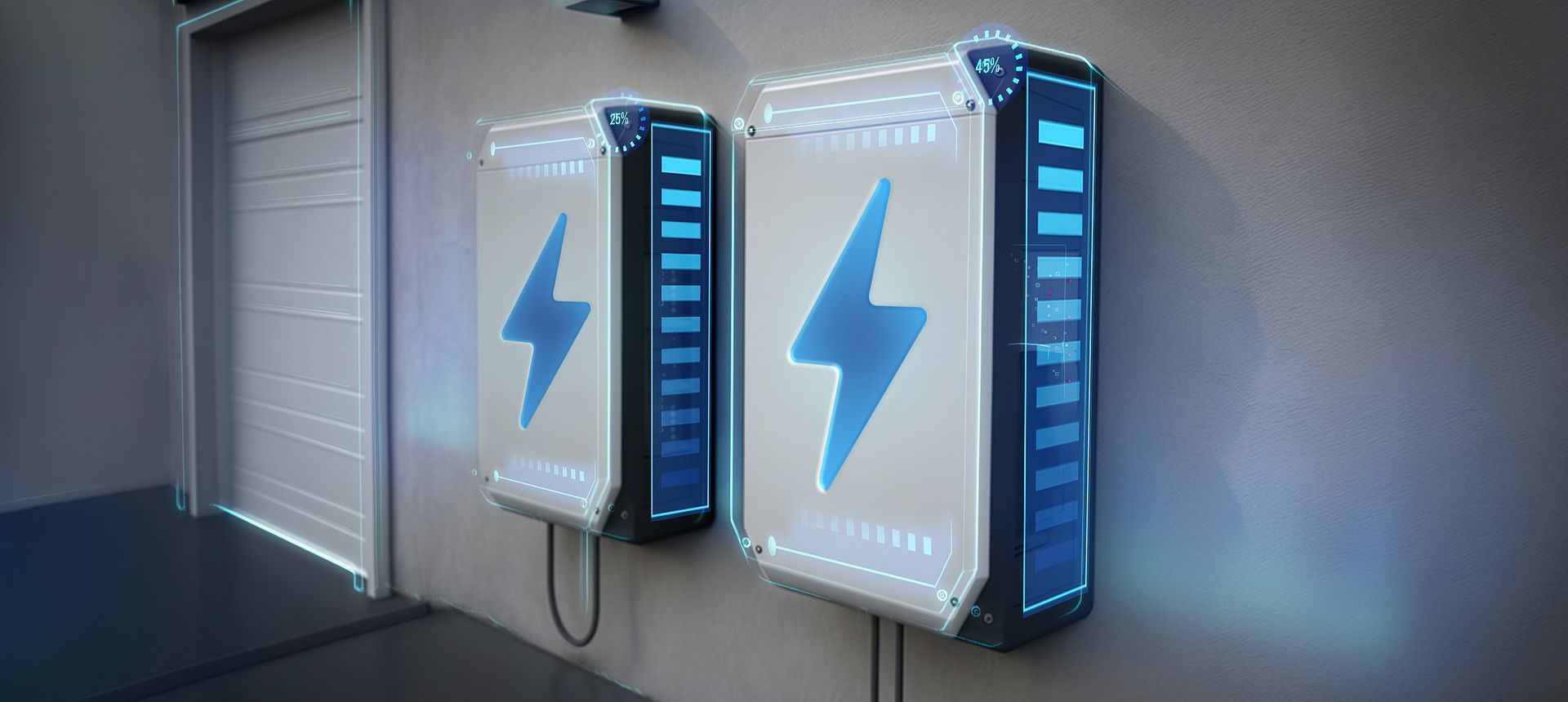Up to 30% Federal Tax Credit Available | $250-$1000 for customer referrals!
Blog
Live, Eat, Breath Renewable
A Blog
The Good Earthling
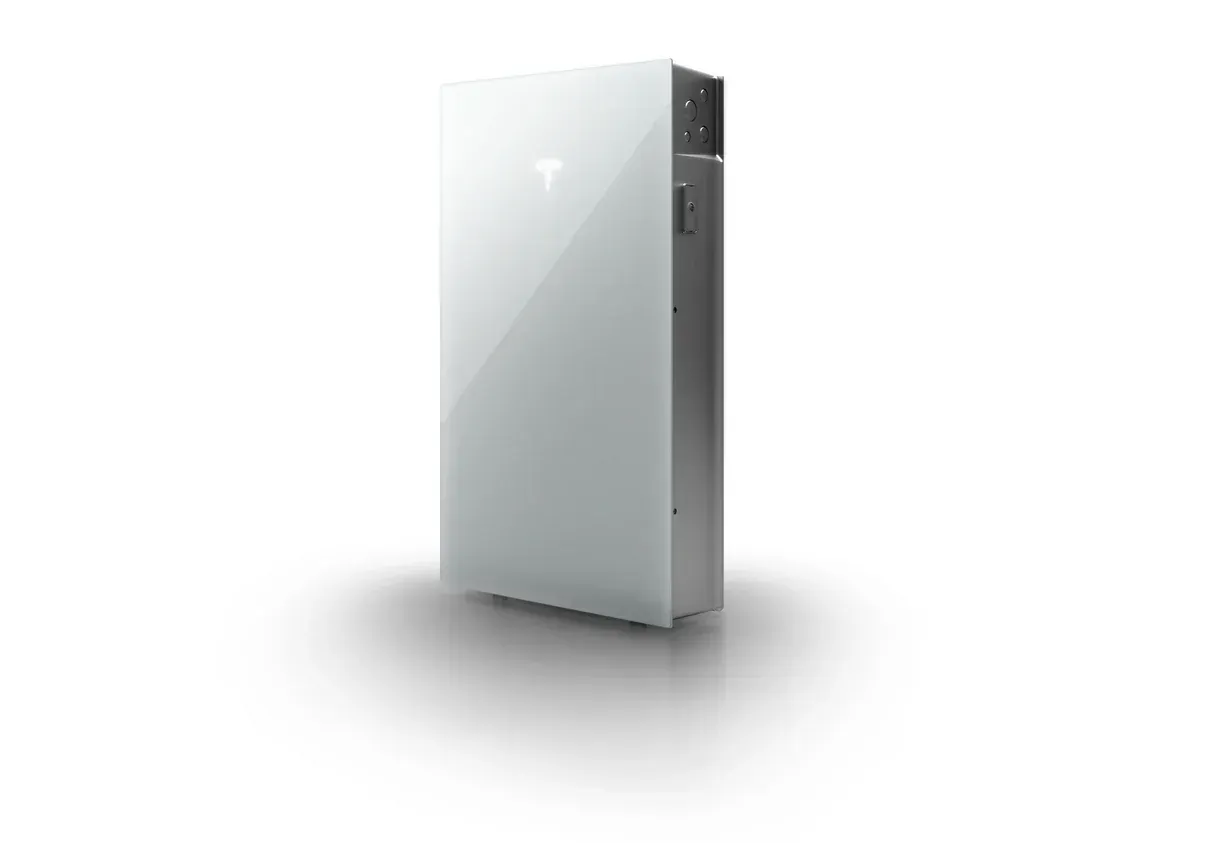
By Logan Vierstra
•
October 15, 2024
A New Era for Home Energy Storage Tesla has once again pushed the boundaries of home energy storage with the release of the Powerwall 3. This latest iteration builds on the success of its predecessors, offering significant advancements that set it apart from other batteries on the market. Let’s dive into what makes the Powerwall 3 a game-changer for homeowners looking to maximize their energy efficiency and independence. Read Time: 6 min
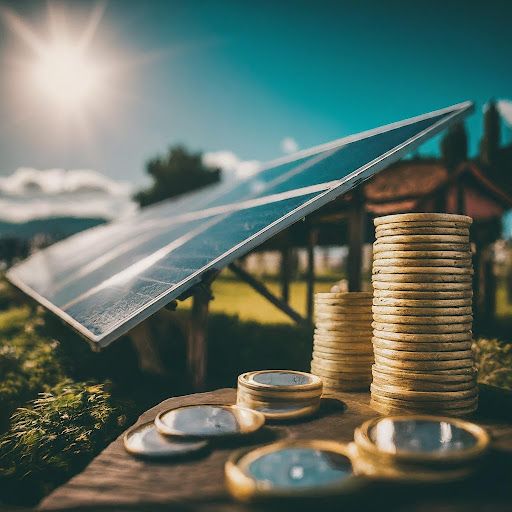
By Logan Vierstra
•
September 30, 2024
The most important question is: Can solar still save homeowners money? (Spoiler Alert: The short answer is YES. You're in the right place to find out how.) Contents: What changed What to do about it Main Takeaways The introduction of the NBT marks a significant shift in California's approach to solar energy. It's crucial for homeowners to understand these changes to make informed decisions about solar installations and energy usage. Read Time: 3 Min

By Logan Vierstra
•
February 1, 2024
Picking the right company for your solar power project may seem like a daunting task! But fear not, you're here... on our website, and that puts you practically all the way to making a great decision on your solar. The thing is, here at Renewable Solutions, we aren't fearful of you checking out other companies in the area. In fact, we encourage you to take your time, look around and see how you feel about the interactions you are getting with the other companies. So we wrote this little piece for your knowledge on how to do your homework while still in the decision phase. Enjoy!
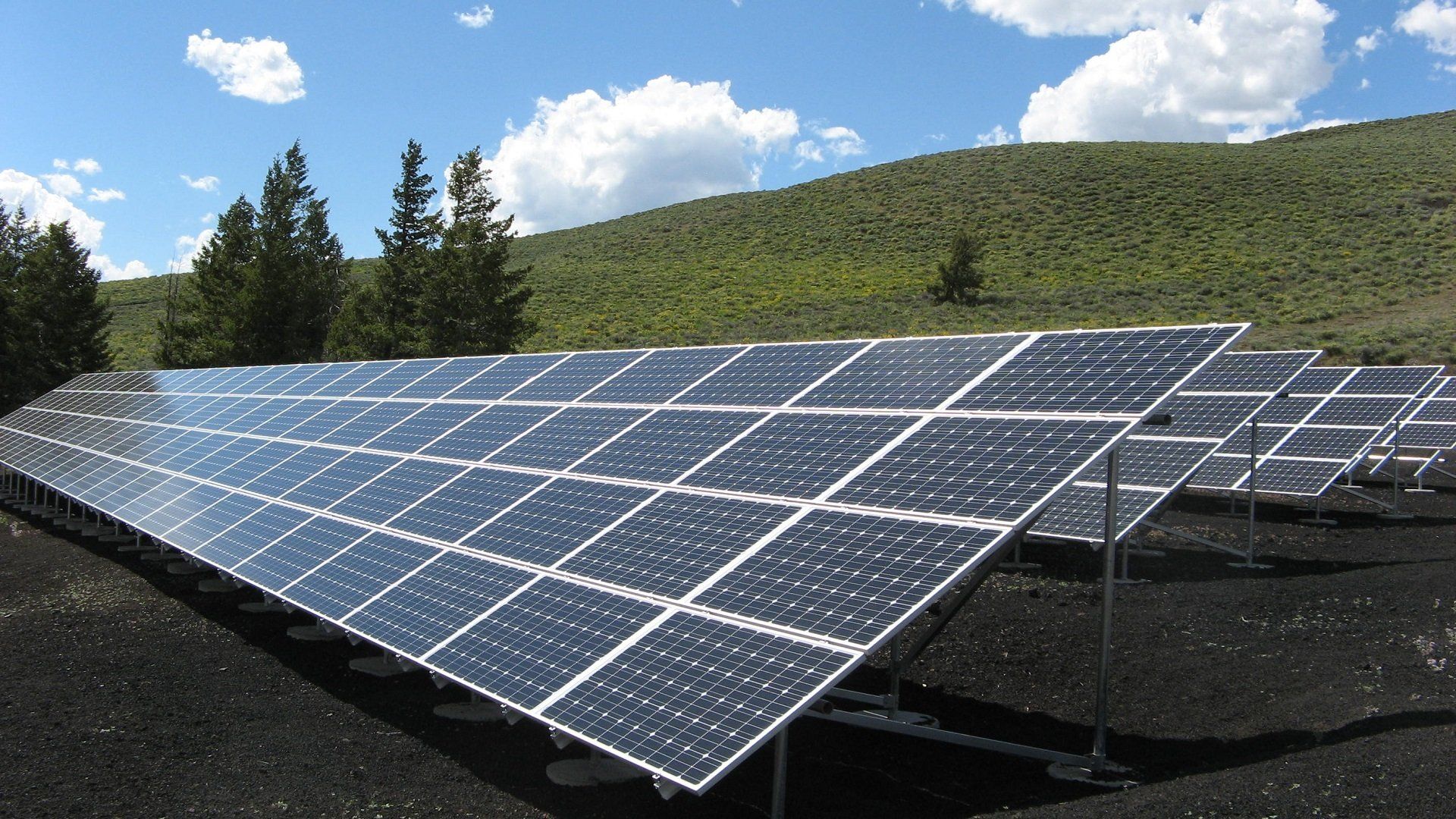
August 10, 2023
NEM 3.0: A New Era for Solar in California Net energy metering (NEM) is a policy that allows solar customers to offset their electricity bills by sending excess solar power back to the grid. NEM has been a major driver of solar adoption in California, and it has helped to make the state a leader in clean energy. In December 2022, the California Public Utilities Commission (CPUC) approved NEM 3.0, a new version of the NEM program. NEM 3.0 makes some significant changes to the way that solar customers are compensated for their excess energy, and it is expected to have a major impact on the solar industry in California. What is NEM 3.0? NEM 3.0 is based on a concept called "avoided cost," which means that solar customers are compensated for the amount of energy that they save the utility. This is in contrast to NEM 2.0, which was based on a concept called "retail rate," which meant that solar customers were compensated for the amount of energy that they exported to the grid at the same rate that they paid for electricity. The avoided cost rate is lower than the retail rate, which means that solar customers will receive less compensation for their excess energy under NEM 3.0. However, NEM 3.0 also includes a number of new benefits for solar customers, such as: A 20-year grandfathering period for customers who install solar before April 15, 2023. This means that these customers will be able to keep their NEM 2.0 rates for 20 years, even after NEM 3.0 goes into effect. A new demand charge credit for solar customers with battery storage. This credit will help to offset the cost of the demand charge, which is a fee that utilities charge customers based on their peak electricity usage. A new program called the Solar Self-Generation Incentive Program (SSIG). This program will provide financial assistance to low-income customers who install solar. How will NEM 3.0 affect solar adoption in California? The impact of NEM 3.0 on solar adoption in California is still uncertain. Some experts believe that the lower compensation rates under NEM 3.0 will discourage some people from installing solar, while others believe that the new benefits under NEM 3.0, such as the 20-year grandfathering period and the demand charge credit, will offset the lower compensation rates. It is also important to note that NEM 3.0 is only one factor that will affect solar adoption in California. Other factors, such as the cost of solar panels and the availability of financing, will also play a role. Overall, NEM 3.0 is a significant change to the NEM program in California. It is too early to say what the long-term impact of NEM 3.0 will be, but it is clear that it will have a major impact on the solar industry in the state.
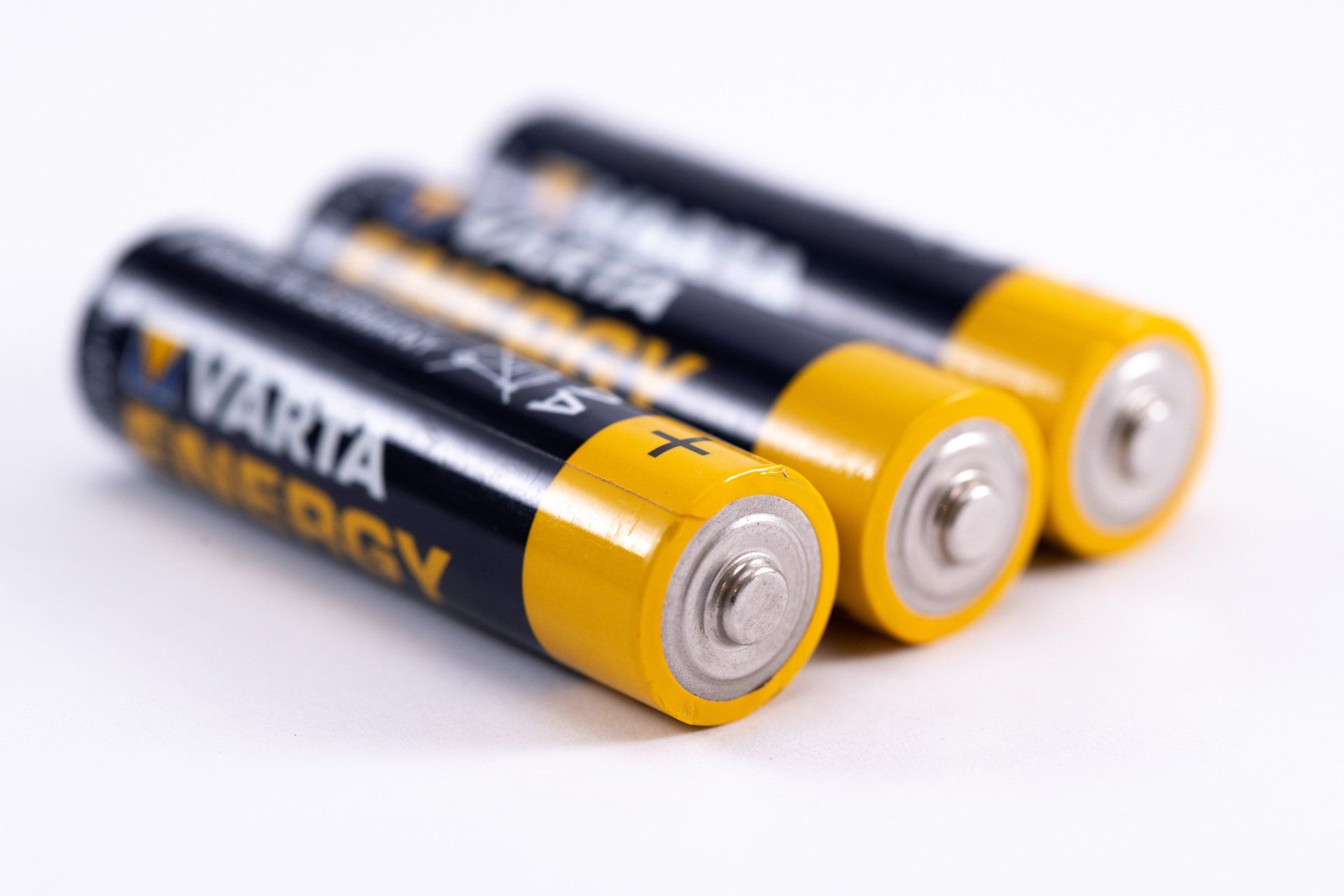
August 10, 2023
What Can Solar Batteries Do? Solar batteries are a relatively new technology, but they are quickly becoming more popular as people look for ways to reduce their reliance on the grid and save money on their energy bills. Solar batteries can do a lot of things, but here are some of the most common: Store excess solar energy. Solar panels produce electricity during the day, but most people use more electricity at night. Solar batteries can store excess solar energy during the day and then use it to power your home at night. This can help you reduce your reliance on the grid and save money on your energy bills. Provide backup power during outages. If there is a power outage, your solar panels will stop producing electricity. However, if you have a solar battery, you can still power your home from the stored energy. This can be a lifesaver during a power outage, especially if you have medical devices or other essential appliances that need electricity. Increase your self-consumption. Self-consumption is the amount of electricity that you generate from your solar panels and use in your home. Solar batteries can help you increase your self-consumption by storing excess solar energy during the day and using it at night. This can help you reduce your reliance on the grid and save money on your energy bills. Earn money from the grid. In some states, you can earn money by selling excess solar energy back to the grid. Solar batteries can help you maximize your earnings by storing excess solar energy during the day and then selling it back to the grid at night.
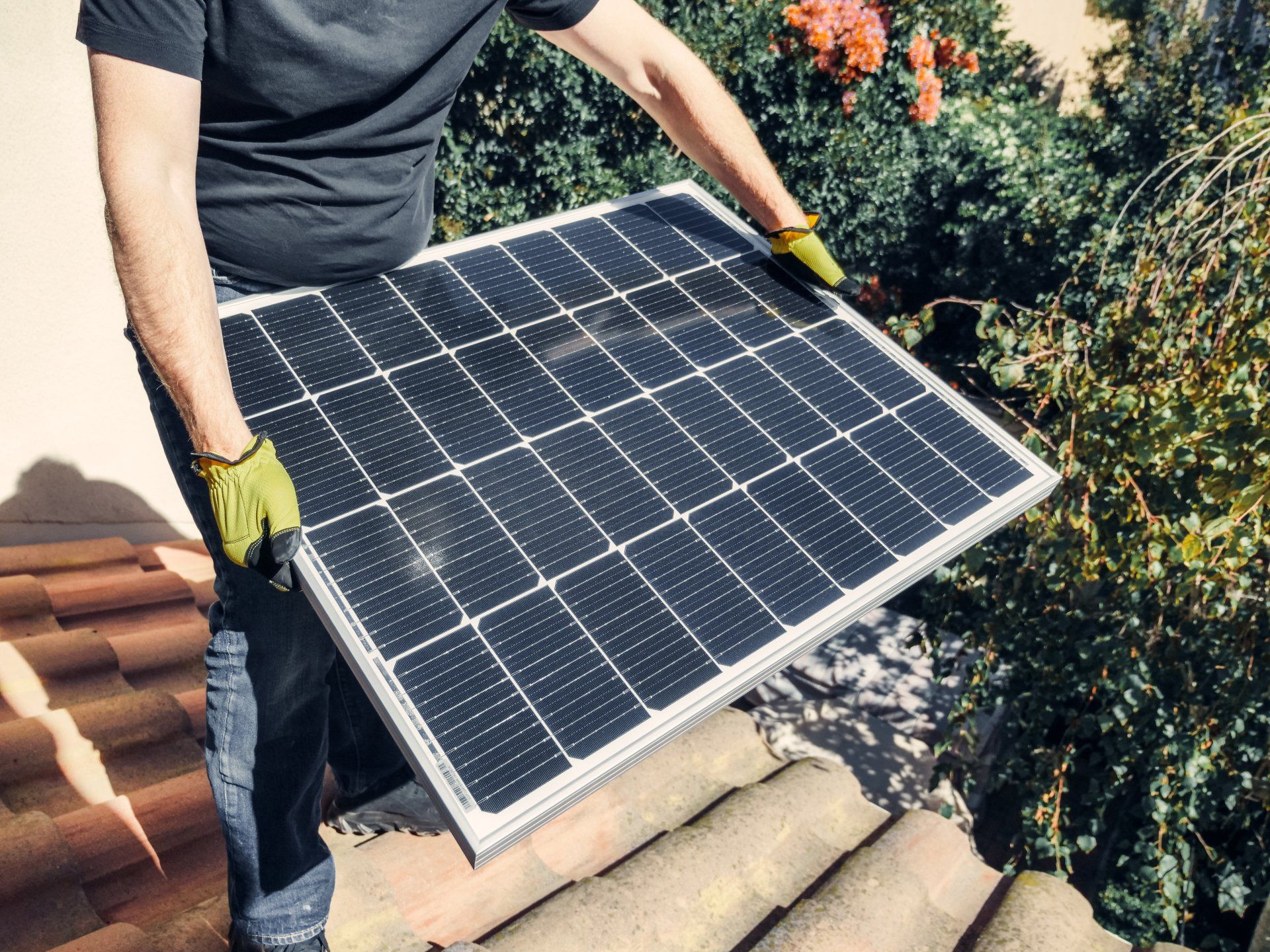
August 10, 2023
Purchasing Solar Energy for Your Home Should be a Long Term Investment Solar panels are a great way to generate clean, renewable energy for your home or business. But how long should you expect a solar system to work? The lifespan of a solar system depends on a number of factors, including the quality of the solar panels, the climate you live in, and how well you maintain your system. However, most solar panels are expected to last for 25-30 years. In the first few years of operation, solar panels will produce the most electricity. The amount of electricity they produce will then decline gradually over time. After 25-30 years, solar panels will still produce some electricity, but they may not be able to meet all of your energy needs. There are a few things you can do to extend the lifespan of your solar system: Choose high-quality solar panels. There is a wide range of quality in solar panels. It is important to choose panels from a reputable manufacturer with a good warranty. Install your solar system properly. A well-installed solar system will be more likely to last for the long term. Maintain your solar system regularly. This includes cleaning the solar panels and inspecting the system for any damage. By following these tips, you can help to ensure that your solar system will work for many years to come. Here are some additional factors that can affect the lifespan of a solar system: Weather conditions. Solar panels can be damaged by extreme weather conditions, such as hail, snow, and high winds. If you live in an area with harsh weather, it is important to choose solar panels that are designed for your climate. Solar irradiance. The amount of sunlight that your solar panels receive will affect their output. If you live in an area with low solar irradiance, your solar panels may not produce as much electricity as they would in an area with high solar irradiance. Shading. Solar panels that are shaded will produce less electricity than solar panels that are in full sunlight. If your solar panels are shaded by trees or buildings, you may need to trim the trees or install shades to improve their output. Overall, solar panels are a long-lasting investment that can save you money on your energy bills for many years to come. By choosing high-quality solar panels, installing them properly, and maintaining them regularly, you can help to ensure that your solar system will work for many years to come.
Offering solar, battery backup, roofing, and windows. Products that save you money and energy.
